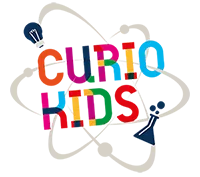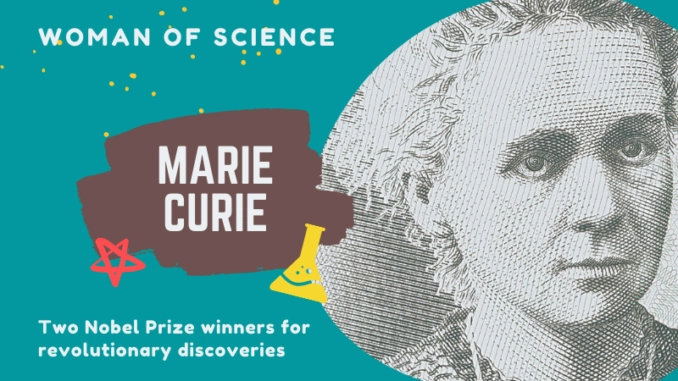



Marie Sklodowska-Curie (November 7, 1867 – July 4, 1934), better known as Marie Curie, is the most famous scientist. Physicist and chemist of Polish origin, she is naturalized French. To date, she is the only woman to have received two Nobel prizes for her work on natural radioactivity.
by Lucie NIETO
Marie Sklodowska-Curie
Marie Curie, bathed in science from an early age.
She was born in Warsaw, the capital of Poland, once dominated by the Russian Empire. Her parents are very cultured teachers. Her father is a professor of physics and mathematics, and her mother is a teacher. She grew up with three sisters, Zofia, Bronislawa and Helena, and a brother, Jozef.
At home, his father shared his passion for science with his children. The love of learning is transmitted from a very young age to little Marie.
Life is not easy in Poland. Under the Russian Empire, schools were forced to adapt their curriculum to force the learning of Russian from an early age. Many schools cheated and secretly taught Polish. Marie was often chosen to recite Russian poems during inspections as she had a good memory.
At the age of 9, she lost her older sister Zofia, who died of typhus, a disease transmitted by the rat flea. Two years later, she also lost her mother, who died of tuberculosis, an infectious disease. Losing your mom and big sister so young is of course very painful. But these deaths gave birth to her determination and strength which pushed her to shine in her studies. Owing to this trait of character, Mary is graduated and awarded the gold medal in 1883.
Mary on the left, and her sister Bronia on the right

She passionates about physics and mathematics and wishes to continue her studies in these fields. But at that time, scientific studies were prohibited for women. The solution was to go abroad. But having very little money, his father could not afford for her studies.
In the meantime, she combines the jobs of housekeepers in wealthy families in Warsaw, teaching children by day, studying by night, alone.
Mary love story, united by love and science
Wanting to study physics and chemistry at all costs despite all these difficulties, she left Poland for France with the help of her sister Bronia in 1891, at the age of 24. She studies physics and mathematics at the Sorbonne in Paris. A prestigious university, especially open to foreign women. Two years later, she obtains her physics master, and the following year, her master in mathematics.
In Paris, she meets several mathematicians, like Paul Painlevé and Paul Appell, and several physicists, like Léon Brillouin and Gabriel Lippmann. Lacking experience in the field of magnetic materials, she meets Pierre Curie, a famous and great physicist, with whom she will begin to work on magnetism. They both married at Sceaux a year later, in 1895.

They are devoted to each other. They cycle through the French countryside and spend long hours in the laboratory. Pierre considers his wife to be his equal and his source of inspiration. In 1897, she gave birth to their first child, Irène Curie, who later will win a Nobel Prize in physics, like her mother. Of course, that didn’t stop her from continuing her scientific research. The same year, she discovers a new phenomenon never seen before, radioactivity.
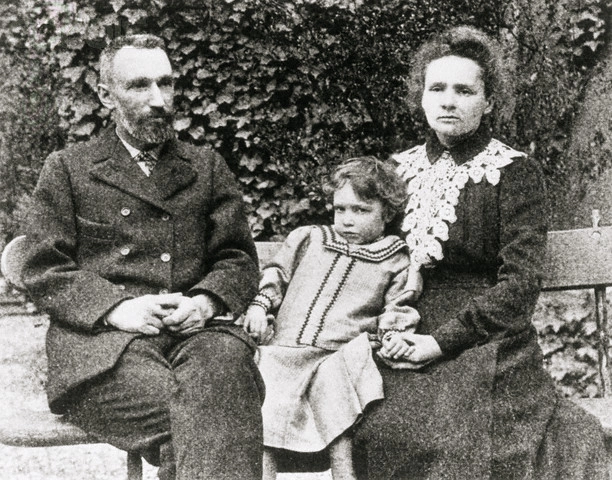
What is radioactivity ?
As you know, the matter is made up of very small elements called atoms. Overall, the atoms are stable. But special cases exist. Some atoms can change over time to become other atoms.
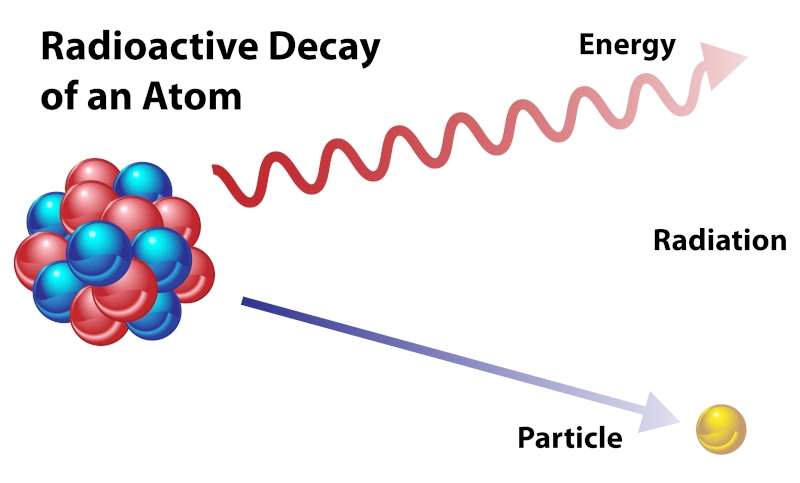
In this case, the starting atom decays, to give a more stable atom and release small particles, as well as energy in the form of radiation. This phenomenon is called radioactivity. The transformation continues until all the material is transformed into something more stable.
Marie discovers radioactivity, but also two radioactive elements.
With the help of her husband Pierre Curie, they discover together, during ore extraction, two new radioactive elements. In homage to the origins of Mary, one of them is called polonium, and the second, radium, which is 900 times more radioactive than uranium. This discovery earned them the Nobel Prize in Physics in 1903 with their other partner, Henri Becquerel. The French Academy of Sciences even offers her a prize. Instead of speaking directly to Marie, the institution informs her husband.
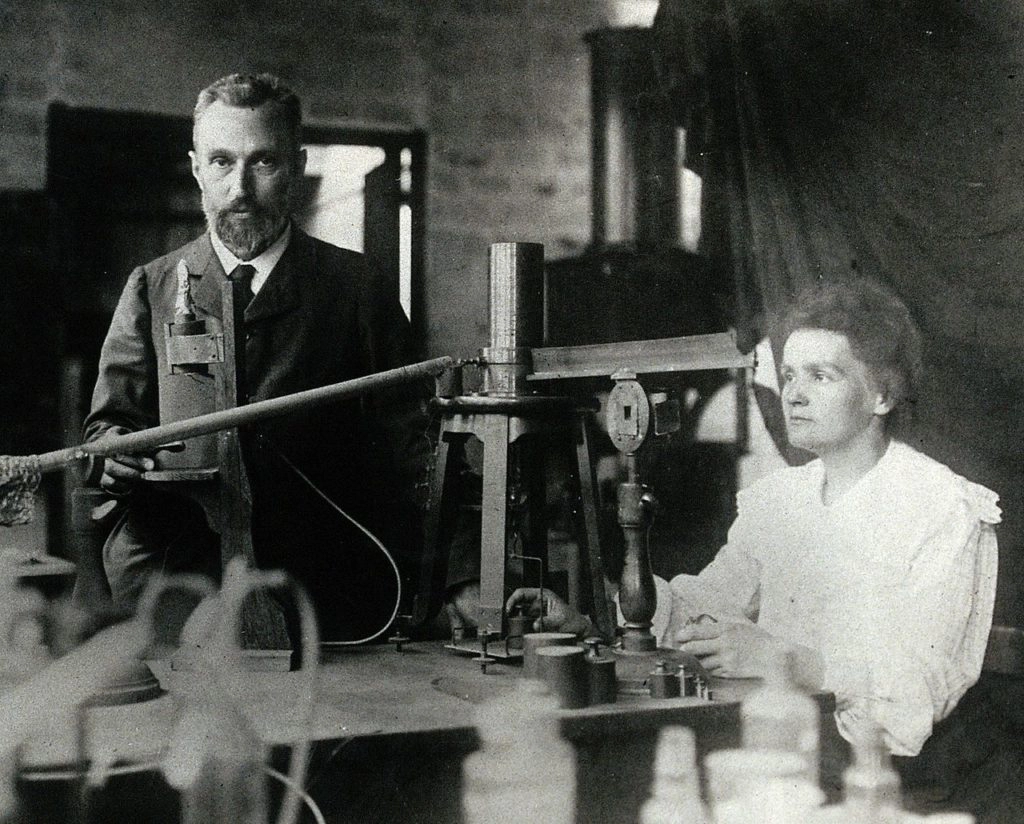
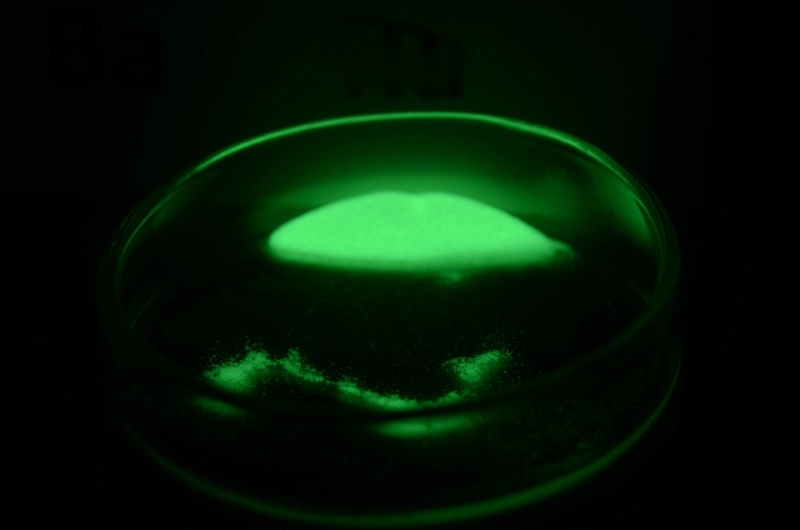
Radium, glowing in the dark
Marie Curie, the first female professor of physics and a second Nobel Prize

Marie Curie will once again face a difficult moment. In 1906, her husband died run over by a horse-drawn carriage. A painful period during which Marie will continue her research and the education of her children. In recognition of her exceptional work, the University of the Sorbonne offered she become a professor of physics, in place of her dead husband. In all history, she will be the first female professor of general physics, then of general physics and radioactivity.
In 1911, Marie received a second Nobel Prize, this time in chemistry, for the progress of her work on polonium and radium. She will be the only woman present at the Solvay Congress, among famous researchers in chemistry and physics. There she meets the most important scientists of the time such as Ernst Rutherford, a great physicist, and chemist, as well as a great character in physics, Albert Einstein, who became a friend.
Science to the rescue of medicine during the First World War
To effectively operate on injured soldiers, you need to know where the metal shards are located in their bodies. With the help of her daughter Irene, Marie Curie is developing a mobile x-ray system, a technique that allows you to take a “photo” of your skeleton. Once the war is over, she becomes a model, especially for women who are passionate about science.

She also becomes a media figure in the United States, where she campaigns for funds to support scientific research with radium. A real businesswoman, isn’t it?
Unfortunately, at that time, we did not really know the dangerousness of these radiations. Marie Curie developed blood cancer (Leukemia) before dying, on July 4, 1934, at the sanatorium of Sancellemoz, in Haute-Savoie.
Today, the graves of the Curie couple can be visited at the Pantheon in Paris.
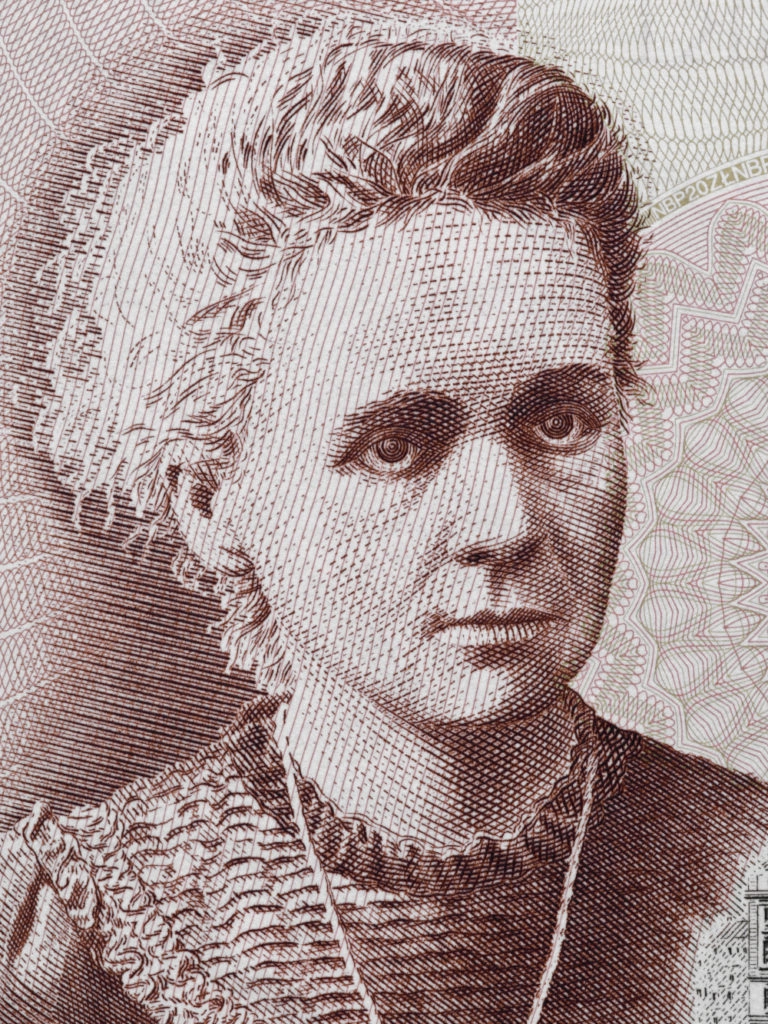


Marie Curie

7th November 1867

4th July 1934

